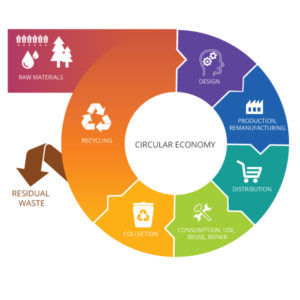Resilient Design
- Jason Appler

- Jan 8, 2020
- 3 min read
Updated: Jan 9, 2020
I was asked recently what my "manifesto" would be if I were to put my core design principles on paper. So.. here's my manifesto:
Aesthetically I'm not dogmatic.
In basic method I believe in Human Centered Design, making an effort to understand the root problems and potential solutions for the user from the user's perspective.
However, I also see industrial design as a driving force in the ideals of contemporary society. Much of the every-day activities of people living in wealthy countries today evolve from the products that are designed to address either the problems, or the desires, that designers perceive they have. From this product centered life, the “things” that surround us are both the result of, and the drivers of cultural values. These values, and the changes they manifest on us and our environment, have proven to be extremely harmful when we do not stop and consider their unintended consequences. In other words, if we don’t think of the potential impact of what we make and use on the world around us before we go to production, we wind up with the polluted environments, global warming, and violent tribalism that we see around us today.
So at the high-level perspective, designers have more influence than perhaps they realize, and I believe that influence places a social and environmental responsibility on us. To that end, I support the principles of Circular Design (IDEO 2018), where the product is developed with consideration of how its manufacture, use, and eventual end will minimize its negative impact on the environment and the people who depend on it.In so far as we must now deal with the impacts of global warming, and it’s resultant rapidly changing and increasingly unstable environment, I also believe in the principles of Resilient design.

The principles of Resilient Circular Design, as I define them, are: A Circular Design product should be conceived in a closed system where: - Raw materials are obtained with as little impact to the environment as possible (recycled/re-purposed materials preferred). - The product is crafted to be as durable as possible, both in construction and in fashion. Infinite service life is ideal. - The end of the product’s life cycle is accounted for by providing for a way to re-purpose the product, or its materials, into a valuable use either as new material, new product, or fuel for a productive purpose. - Services are designed with thought about how they will incentivize human behavior, and how that behavior will affect society. Resilient Design products should:- Prefer distributed resources and processes over centralized systems. In a world where severe weather will one day present extreme obstacles to long distance transportation of goods, the system that depends primarily on import/export of critical or coveted goods will be vulnerable to failure. The more local a product’s life-cycle can remain, the less the user risks. - A resilient design should be as efficient as practical, both in user experience, and in energy consumption. - A resilient design should consider the use and impact of the product on a long time horizon. - Resilient designs should be considered in the context of higher-level systems, such as community recycling programs, that are designed to be as closed (circular) as possible. - Resilient products solve a problem with as little resources as absolutely necessary, are made as durable as is practical, have components that are repairable or replicable with as little expertise and difficulty as possible, and follow universal standards as much as possible to ensure that the product’s life can be easily extended, even if the product line or its manufacturer are no longer available in the future. - Resilient designs should be adaptable. They should avoid rigid paradigms. (corollary: automation is not always good/avoid single points of failure.)As examples of this, consider that:
1) Many public restrooms have been outfitted with automatic spigots on the assumption that it reduced water use. Subsequent research has shown that it increases water use significantly, and that people will actually use less water on average when they control their own flow. (Alliance for Water Efficiency, 2009) Since all of the spigots were not designed with a manual option, there is no way to adapt to the new information or new condition without replacing them. and
2) A high-end auto manufacturer made the rear hatch of an SUV fully automatic, with the only manual over-ride being an inside escape latch. When the auto system fails, the user can not close the hatch: a potentially hazardous situation. The design is only a flaw when conditions change from the initial environmental assumptions of the designers. In a rapidly changing world, the more flexible the control mechanisms of a product, the more adaptable it will be.

Comments